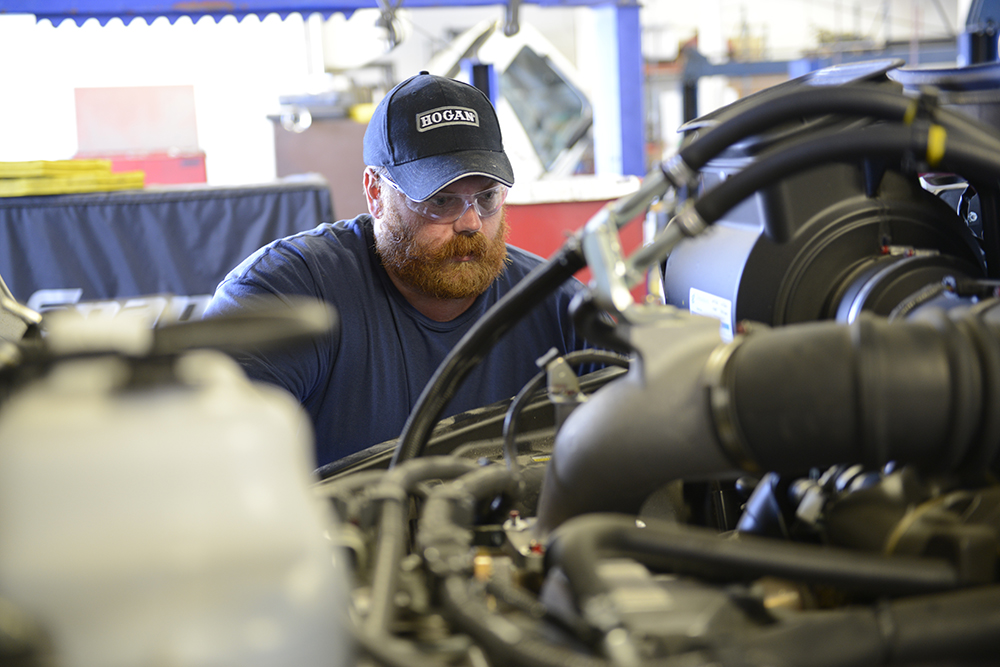The truck driver shortage issue doesn’t seem to get better, and driver health problems just make it worse.
Here’s a sobering statistic: A 2015 study from the CDC found that absenteeism cost employers just under $226 billion annually in productivity. With an aging workforce, that number is expected to only get worse. And when you consider that the average age of the commercial truck driver is 55 years old and that truck drivers have a notably less healthy lifestyle, fleets have to be concerned. As the way commerce is changing; as customers expect faster delivery, as the capacity crunch grows ever tighter, ensuring that the driver workforce is healthy is more important than ever.
The concern over this issue can be seen by the fact that FleetOwner.com ran eight articles on the topic in a single week. One of the articles noted that the National Institute of Occupational Safety and Health found that commercial truck drivers have twice the incidence of obesity as the rest of the US working population; that drivers smoke more than the general population; and that they have a higher incidence of diabetes. As a final illustration of how this all impacts the driver shortage, one in five drivers have left the industry, in part, due to health issues.
All of these health issues are definitely related to the sedentary lifestyle of the over-the-road driver. In the past, it was difficult for drivers to find healthy food choices and opportunities to exercise when they were on the road. That has been changing, with more truck stops offering healthier food choices, exercise rooms, walking trails, and more. Individual fleets and companies are also offering incentives for drivers to pursue healthier lifestyles, helping them with weight loss programs, and offering healthcare screening.
All of this is certainly moving in a positive direction, but so much more needs to be done. The series of articles cites Barry Pawelek, founder of Truck Stop Events, who noted that although individual companies are now doing things like building gyms and encouraging better eating habits, there needs to be an industry-wide effort. He notes the success of the EPA’s SmartWay Program, which has been very effective in encouraging greater fuel efficiency, could serve as a model for the kind of program the industry could support.
The reason an industry-wide initiative makes sense is that breaking bad habits is never easy. Drivers are focused on making their delivery windows and the HOS mandate can impact a driver’s ability to take time to get out of the cab and take a short walk. As far as eating healthier, remember the “you can drag a horse to water but you can’t make it drink” argument. You can offer as many healthy food choices as possible, but if other options like deep-fried anything are available, you can’t force a driver to buy kale. An industry-wide education program that every company could take part in might certainly help make the changes that we all know must occur. When companies consider the amount of revenue they may be losing and the increasingly costly loss in productivity, perhaps then there will be more of a codified program. We should all support this.





